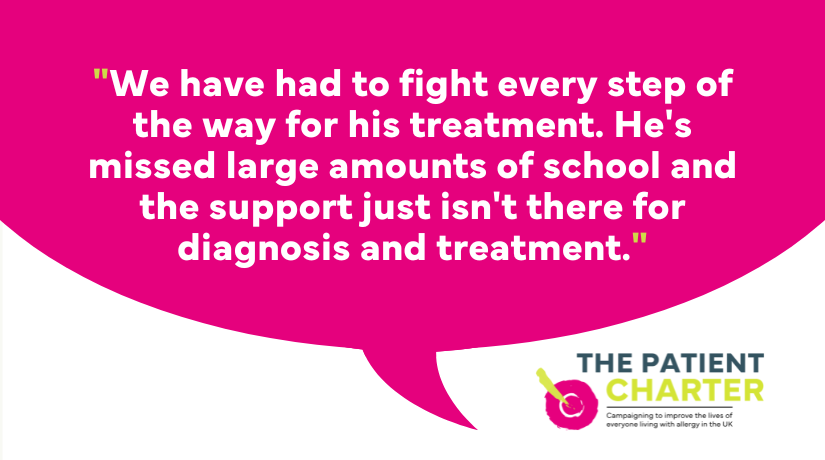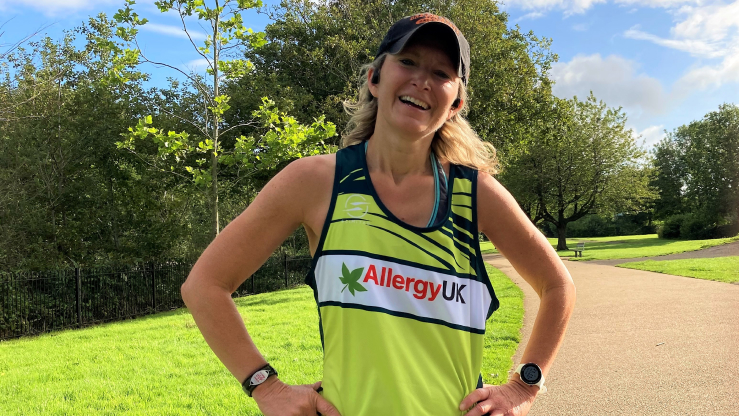What is an allergy?
An allergy is the response of the body’s immune system to normally harmless substances, such as pollens, foods, and house dust mite. Whilst in most people these substances (allergens) pose no problem, in allergic individuals their immune system identifies them as a ‘threat’ and produces an inappropriate response. This can be relatively minor, such as localised itching, but in more severe cases it cause anaphylaxis, a condition which can lead to upper respiratory obstruction and collapse and can be fatal.
Allergies are very common. They’re thought to affect more than 1 in 4 people in the UK at some point in their lives. They’re particularly common in children. Some allergies go away as a child gets older, although many are lifelong.
The most common causes of allergic reactions are:
- Pollen from trees and grasses
- Proteins secreted from house dust mites
- Moulds
- Foods such as peanuts, tree nuts, milk and eggs
- Pets such as cats and dogs, and other furry or hairy animals such as horses, rabbits and guinea pigs
- Insects such as wasps and bees
- Medicines (these may cause reactions by binding to proteins in the blood, which then trigger the reaction).
What happens when you have an allergic reaction?
When a person comes into contact with a particular allergen they are allergic to, a reaction occurs. This begins when the allergen (for example, pollen) enters the body, triggering an antibody response. When the allergen comes into contact with the antibodies, these cells respond by releasing certain substances, one of which is called histamine. These substances cause swelling, inflammation and itching of the surrounding tissues, which is extremely irritating and uncomfortable.
Allergic reactions usually happen quickly within a few minutes of exposure to an allergen.
Common symptoms of an allergic reaction include:
- Sneezing
- Wheezing / coughing / shortness of breath
- Sinus pain / runny nose
- Nettle rash / hives
- Swelling
- Itchy eyes, ears, lips throat and mouth
- Sickness, vomiting & diarrhoea

 Helpline
Helpline





